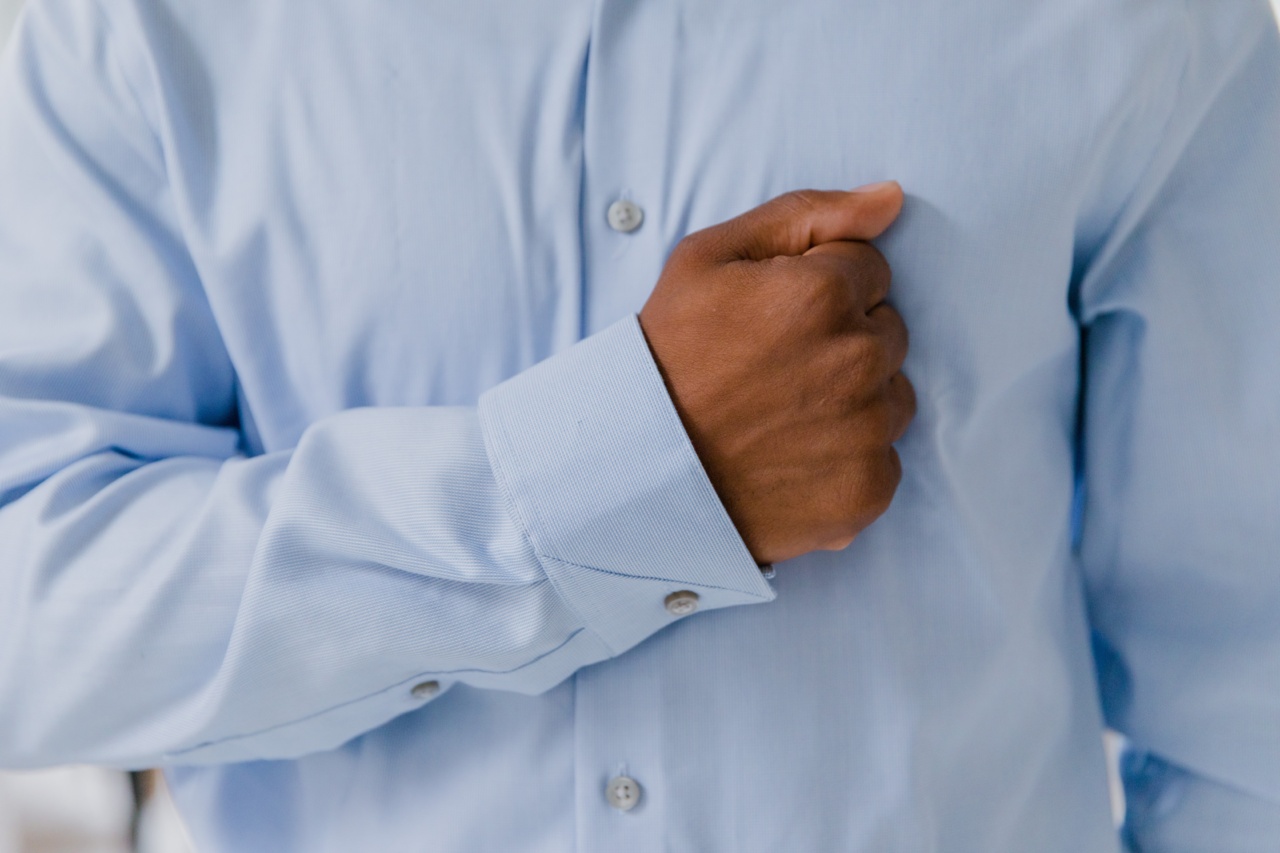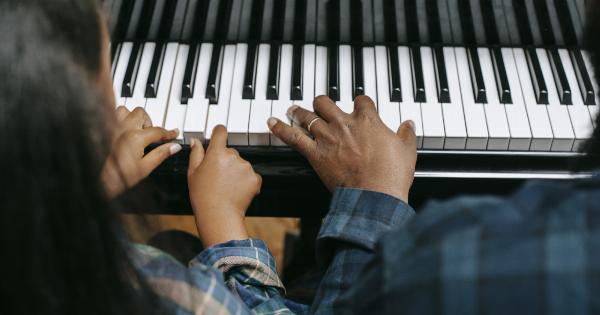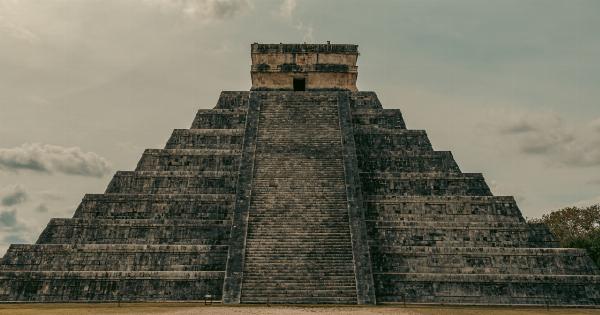Pontius Pilate was the Roman prefect of Judaea from AD 26 to 36. He is best known for his role in the crucifixion of Jesus Christ. In the Bible, Pilate interrogates Jesus and determines that he should be crucified.
But what is less well-known is the way that Pilate communicates during this interrogation, using various hand gestures to convey different meanings.
Gesture One: The Palm-Up Gesture
The first gesture that Pilate uses is the palm-up gesture. This gesture involves holding one or both hands with the palms facing upwards. In Pilate’s case, he uses this gesture when he first asks Jesus if he is the king of the Jews.
The gesture can be interpreted in a number of ways, but typically it is seen as a gesture of openness and willingness to listen.
Gesture Two: The Palm-Down Gesture
The second gesture that Pilate uses is the palm-down gesture. This gesture involves holding one or both hands with the palms facing downwards.
In Pilate’s case, he uses this gesture when he responds to Jesus’ claim that his kingdom is not of this world. The gesture can be interpreted in a number of ways, but typically it is seen as a gesture of authority and control.
Gesture Three: The Fist Gesture
The third gesture that Pilate uses is the fist gesture. This gesture involves tensing the hand into a fist and holding it palm-downwards, typically indicating a desire to assert control.
In Pilate’s case, he uses this gesture when he responds to Jesus’ statement that everyone who is of the truth listens to his voice. The gesture can be interpreted as an attempt to intimidate or exert authority over Jesus.
Gesture Four: The Hand-Washing Gesture
The fourth and most famous gesture that Pilate uses is the hand-washing gesture. This gesture involves holding the hands in front of the body and then rubbing them vigorously, typically indicating a desire to cleanse oneself of responsibility.
In Pilate’s case, he uses this gesture immediately before he hands Jesus over to be crucified. The gesture can be interpreted as an attempt to absolve himself of guilt for Jesus’ death.
Gesture Five: The Pointing Gesture
The fifth and final gesture that Pilate uses is the pointing gesture. This gesture involves extending a finger or fingers to indicate something or someone.
In Pilate’s case, he uses this gesture when he addresses the crowd and declares that he finds no fault in Jesus. The gesture can be interpreted as an attempt to convince the crowd of his impartiality and fairness in the matter.
The Significance of Pilate’s Gestures
Together, these five gestures provide insight into Pilate’s character and motivations during his interrogation of Jesus.
The palm-up and palm-down gestures suggest a degree of openness and willingness to listen, but are perhaps outweighed by the more forceful fist gesture. The hand-washing gesture, on the other hand, suggests that Pilate recognizes the gravity of what he is about to do and wants to dissociate himself from it.
Finally, the pointing gesture suggests that Pilate is aware of the importance of public opinion and is trying to sway the crowd in his favor.
Conclusion
In conclusion, the hand gestures of Pontius Pilate provide a fascinating insight into his character and motivations during his interrogation of Jesus.
From the palm-up gesture to the hand-washing gesture, each gesture offers a window into his mindset and helps us to understand why he ultimately made the decisions he did. While we can only speculate about Pilate’s true intentions, these gestures give us valuable clues that can help us to better understand this pivotal moment in history.






























